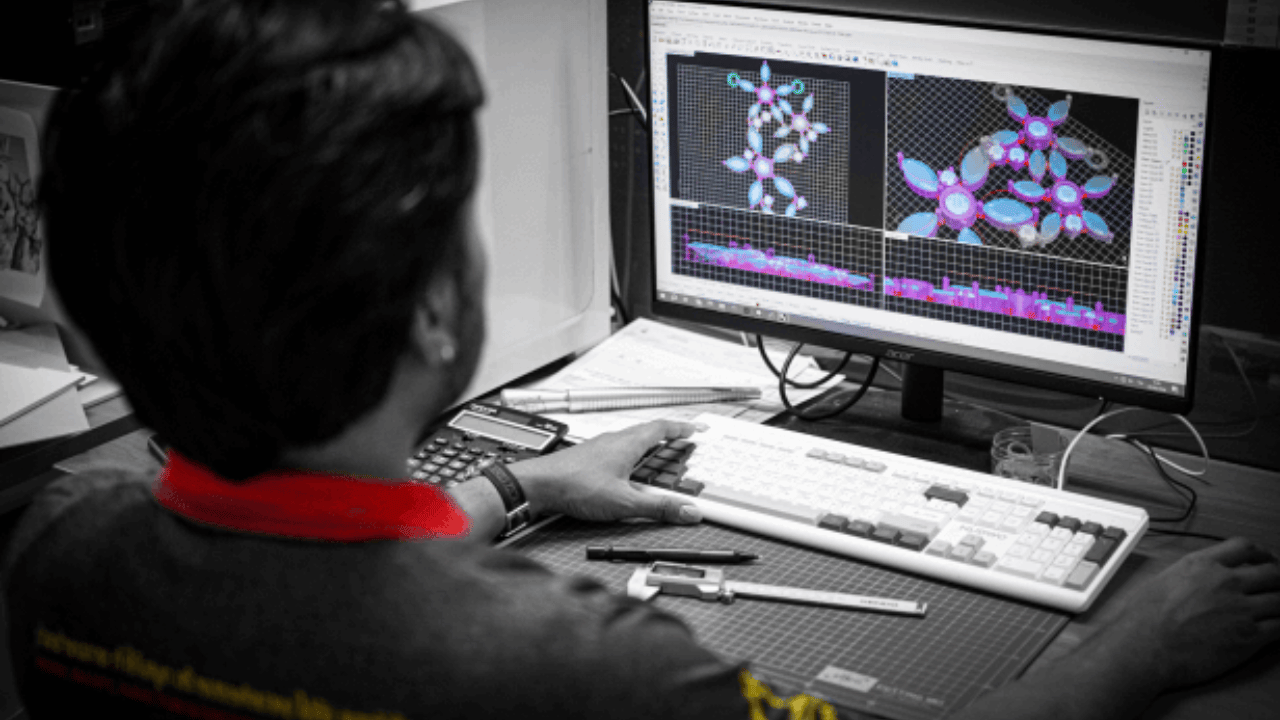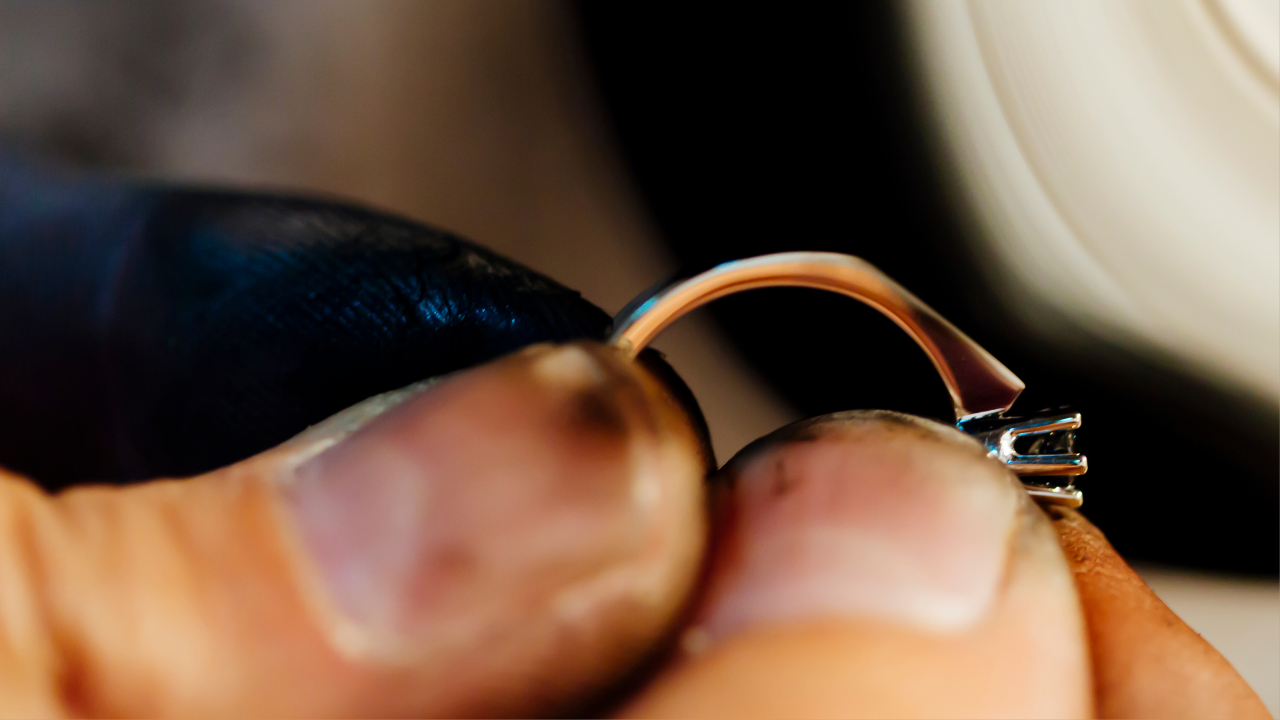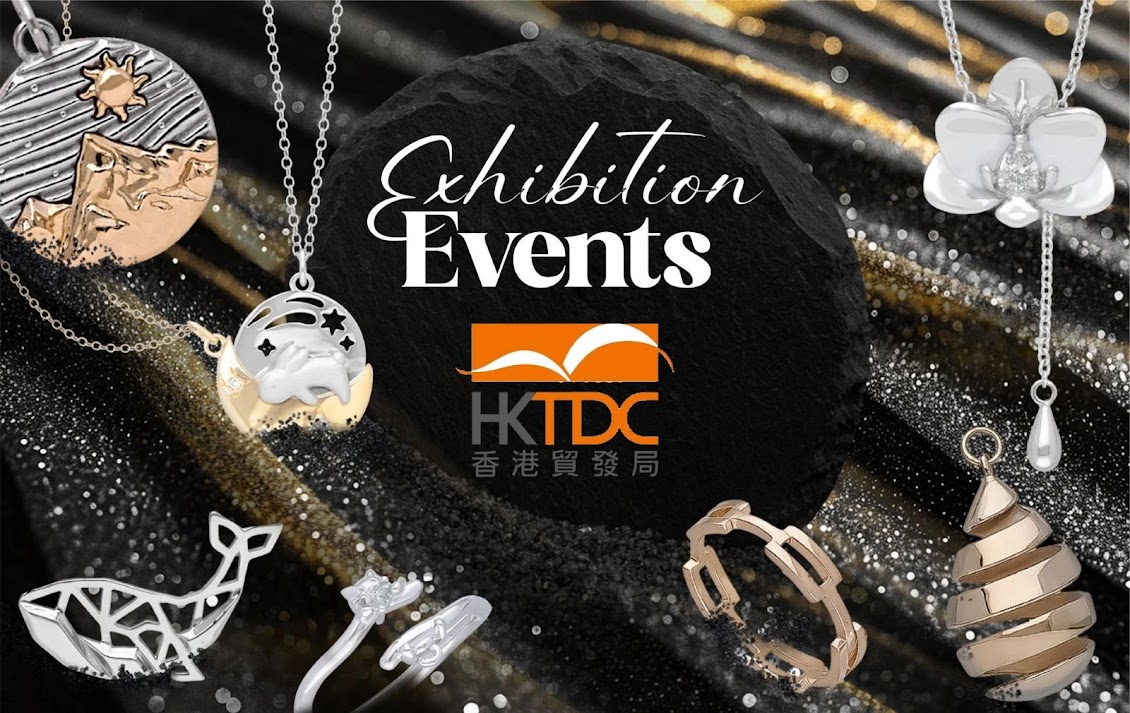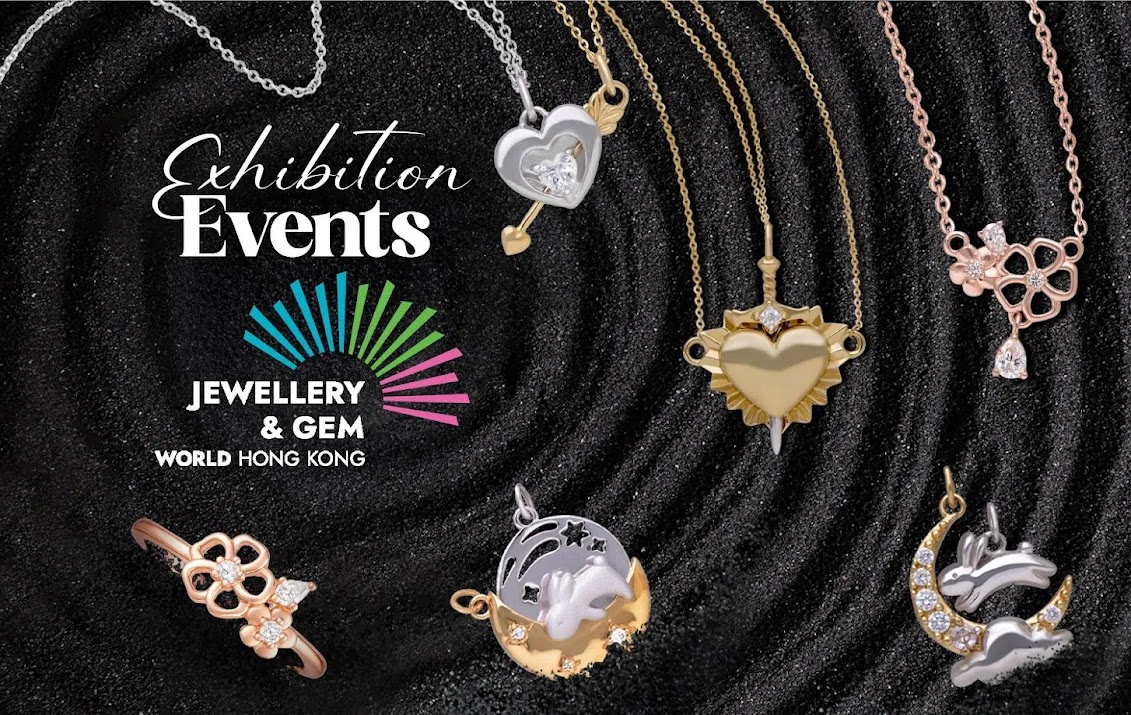The process of bringing a piece of jewelry from a conceptual sketch to a tangible, market-ready sample has traditionally been a lengthy, labor-intensive affair. For centuries, prototyping relied heavily on the meticulous, yet slow, art of hand-carving wax models. However, the integration of Computer-Aided Design (CAD) and advanced additive manufacturing (3D printing) has revolutionized this creative journey.
Leading the charge in this digital transformation is Royi Sal, a premier jewelry designer and manufacturer, whose sophisticated 3D Sampling Workflow has streamlined the entire OEM (Original Equipment Manufacturer) and ODM (Original Design Manufacturer) process. This detailed, multi-phase workflow is defined by its speed, precision, and unparalleled capacity for iteration, fundamentally altering how high-quality jewelry is developed and brought to market.
Royi Sal’s 3D Sampling Workflow
The Dawn of Digital Jewelry Manufacturing
The jewelry industry operates on a fine balance between artistic vision and manufacturing precision. Historically, a single prototype could take weeks to create, with each necessary adjustment adding significant time and expense. This high-friction point severely limited a designer’s ability to experiment and refine a collection.
Royi Sal recognized the limitations of traditional methods and fully embraced digital technology. Our philosophy centers on using 3D CAD Modeling & Rendering not just as a design tool, but as the foundational element of an end-to-end sampling workflow. This approach minimizes material waste, drastically reduces turnaround time, and ensures a level of dimensional accuracy unattainable through purely manual means. Our process is a seamless blend of high-tech engineering and expert craftsmanship, guaranteeing client confidence before any major investment in production.
Phase 1: Conceptualization and Digital Blueprint
A. Consultation and Vision Sharing
Our journey together begins with a thorough Consultation. We sit down with you to clearly articulate your vision. This stage is critical because it sets the precise parameters for the entire project. We take your initial brief—whether it’s a detailed technical drawing, a simple hand-drawn sketch, or even just a mood board—and define every crucial specification. This includes the jewelry type, target size, preferred gemstones (shape, size, and cut), and the exact metal type and finish (e.g., sterling silver with an e-coat or micron gold plating). Our collaborative goal here is to establish a focused, commercially viable foundation.
B. The Conceptual Bridge: From Sketch to Digital Data
Once we understand your concept, our design team translates it into the digital realm through Digital Sketching. We use advanced tools to capture the aesthetic essence of your design, immediately converting it into a precise 2D projection before extruding it into three dimensions. The core value here is precision. We input exact technical data—the diameter of a gemstone, the thickness of a shank—down to the micron. This is paramount because it ensures a perfect fit for the final stone setting and guarantees the piece meets all manufacturing standards for weight, comfort, and durability.
Phase 2: Computer-Aided Design (CAD) Modeling

A. Building the Virtual Masterpiece: 3D Modeling
The conceptual data is now transformed into a full 3D CAD Model, which serves as your jewelry’s virtual blueprint. We utilize specialized, industry-leading CAD software, designed specifically to handle the complex, organic surfaces and intricate stone arrangements of fine jewelry. Our CAD artists virtually construct every element, defining the geometry, refining the subtle details, and ensuring structural integrity. For instance, we engineer the prongs holding a stone to provide maximum security while minimizing visual obstruction—a precise balance easily achieved and verified digitally.
B. Iteration, Simulation, and Structural Integrity
This is where the power of digital truly shines. Our models use parametric design, meaning the design is governed by parameters. If you need a ring size adjustment or a change in stone carat weight, our designers simply update the parameters, and the entire model updates instantly. This saves days of redesign work.
Crucially, before we ever use a physical material, we run simulations. We check for manufacturing flaws, verify that complex components (like a clasp mechanism) fit perfectly, and ensure the metal cross-sections are robust enough to withstand daily wear. This preemptive analysis eliminates costly errors down the line. We can also rapidly generate design variations—different stone settings or metal textures—for you to review and compare side-by-side.
C. The Power of Visualization: Photorealistic Rendering
With the 3D model complete, we move to Digital Rendering. We use the CAD file to generate photorealistic images that incorporate realistic lighting and material properties (the polish of gold, the brilliance of a diamond). The result is a stunning visual that’s virtually indistinguishable from a photograph of the finished jewelry. This visualization step is our first critical Design & Approval gate. It eliminates guesswork and allows you to confirm the dimensions and aesthetics with absolute confidence, providing us with the necessary approval to move to physical sampling.
Phase 3: Physical Prototyping and Final Sample Production

A. Preparation for Additive Manufacturing
Once the digital model is approved, we prepare the file for 3D printing. We must precisely scale up the model to account for the metal shrinkage that occurs during the casting process. The model is then exported as an STL file, which defines the geometry for our high-precision 3D printers.
B. The Dual Track of Physical Sampling
We use a blend of cutting-edge technology and time-honored tradition:
– Resin-Based 3D Printing (SLA/DLP): For the majority of our samples, we use ultra-high-resolution 3D printing to create highly detailed, smooth, and precisely accurate prototypes. These resin models are specifically formulated to be “castable,” meaning they can be directly integrated into the traditional lost-wax casting process to produce the final metal piece. This is the fastest, most precise method for high-fidelity prototypes.
– Wax Modeling and Hand-Carving: While digital is dominant, we maintain a dedicated team of master artisans for hand-carving. For certain classic, organic, or extremely delicate designs that require a unique touch, our artisans refine the printed model or carve the initial wax model by hand. This ensures the final piece carries the desired patina of human craftsmanship.
C. Prototype Review and Final Sample Approval
The physical prototype marks the second and final gate. We present you with the Sample Production piece. You can now physically hold and inspect the item, checking its weight, balance, comfort, and fit. This is the moment to ensure the jewelry “wears well.” We take any final feedback—a slight adjustment to an edge or a clasp—and quickly integrate it back into the CAD file for a rapid final revision. Once you grant final approval on this physical sample, the blueprint is locked, and we move immediately into full-scale production.
Our Promise: Efficiency, Accuracy, and Growth
Our 3D Sampling Workflow is more than just a service; it’s a commitment to efficiency and quality.
A. Core Advantages
By consolidating design issues in the digital phase, we drastically reduce the time and cost associated with endless physical iterations. The approved sample is guaranteed to be a production-ready template, minimizing factory-floor errors. Furthermore, the CAD stage allows us to calculate exact material usage, providing you with highly accurate cost estimations from the very beginning.
B. Creative Freedom and Scalability
The workflow allows us to create geometries—such as interlocking components or complex internal structures—that would be impossible to achieve through traditional carving. This gives your brand unprecedented creative freedom. Because the entire piece is digitized, scaling your Custom Jewelry Design (ODM) or creating new versions of a core design becomes incredibly fast and predictable.
Our 3D Sampling Workflow is our digital promise to you: we combine technological precision with artistic integrity, guaranteeing your collection is launched with confidence.
Conclusion
Royi Sal’s 3D Sampling Workflow is a testament to the future of high-end manufacturing. By integrating rapid prototyping with digital precision, they have created a seamless path from concept to creation. This comprehensive, multi-stage system not only guarantees accuracy and efficiency but also solidifies Royi Sal’s position as a leader in providing bespoke, confidence-inspiring jewelry manufacturing services to the global market.
Have any questions or need further assistance? We’d love to hear from you!
Share this post




Responses (0)